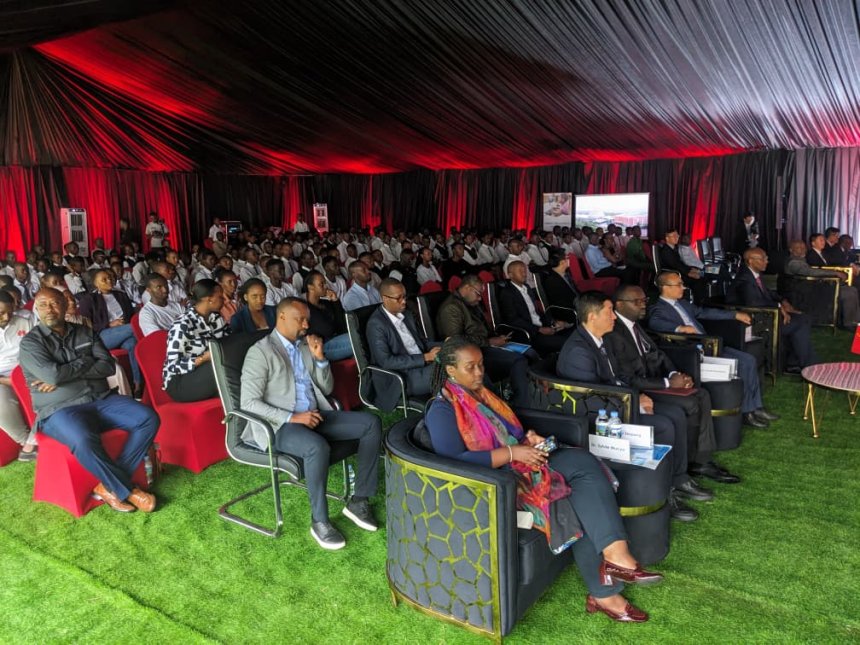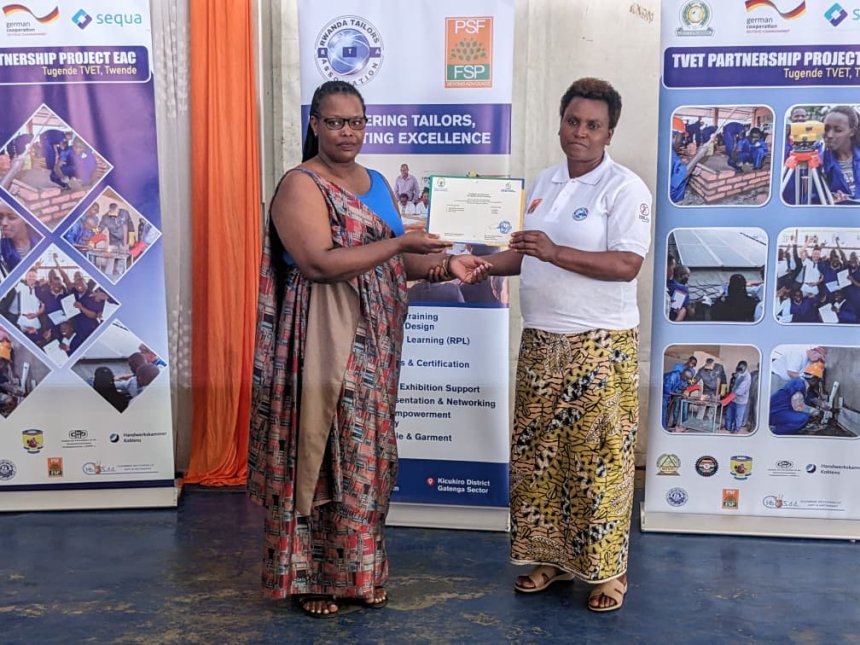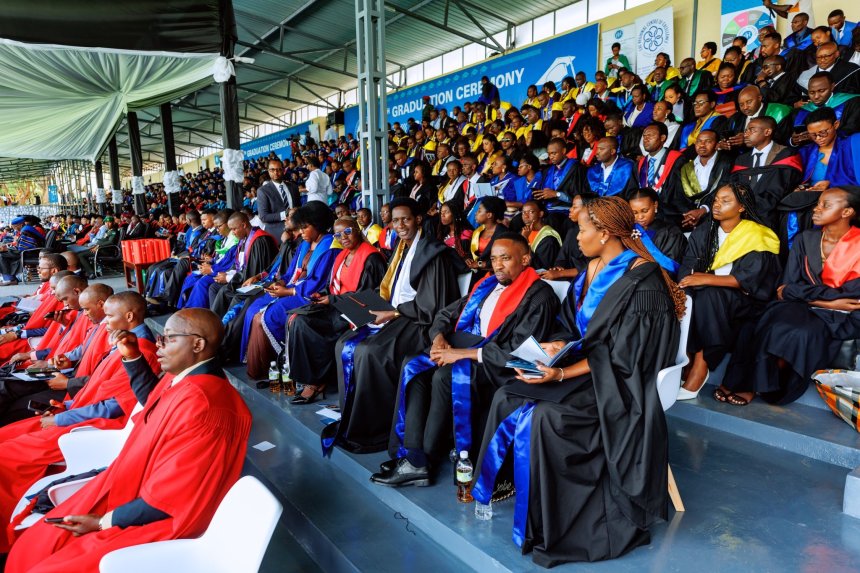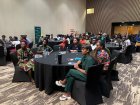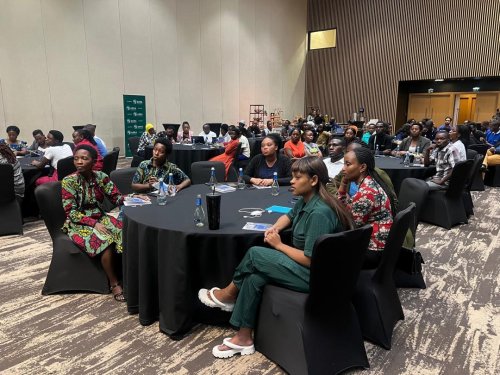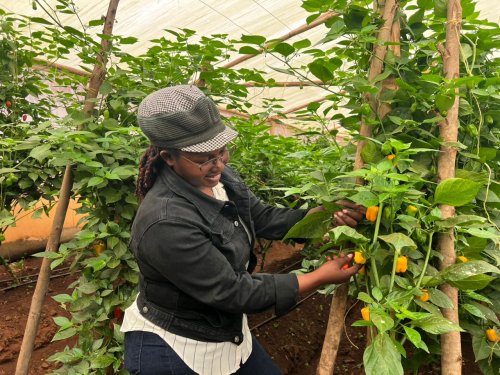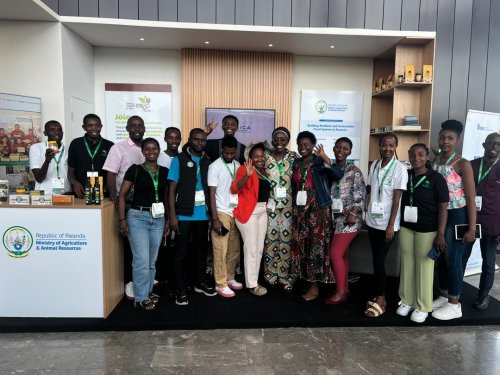1,500 Schools Now Connected to High-Speed Internet in Phase One of Rwanda Smart Education Project
At Kagarama Secondary School in Kicukiro District, excitement filled the air as the Ministry of Education officially concluded the first phase of the Rwanda Smart Education Project. Students and teachers alike said the introduction of technology has profoundly transformed their learning experience.
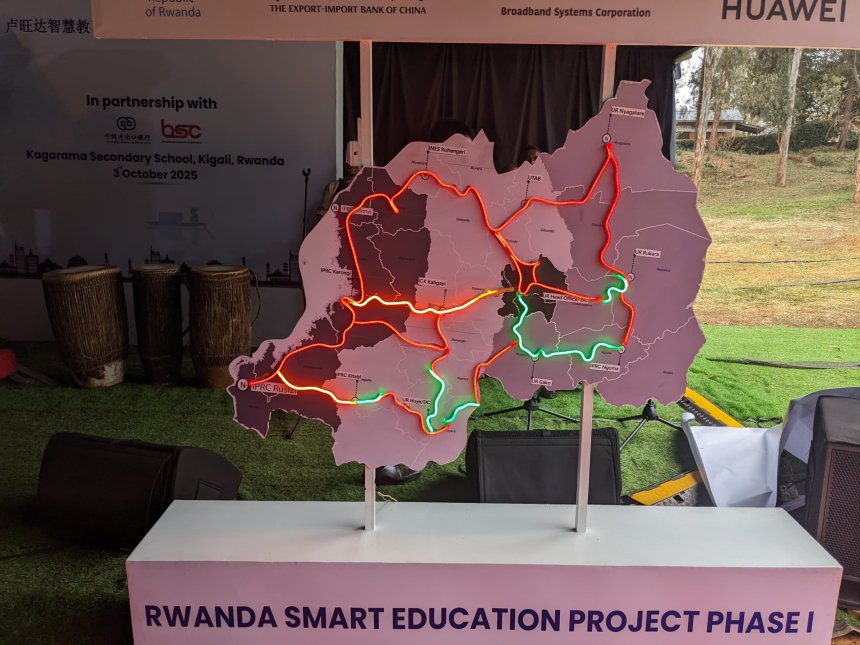
Rindiro Shami Belyne, a student at Kagarama, said the technology has greatly improved both classroom learning and research activities:
“Previously, conducting research was challenging; we relied only on textbooks in the library. Now, we can access knowledge from all over the world within moments, which inspires me to dream big and become an expert in many fields.”
Isingoma Elijah echoed the sentiment, noting that before technology arrived at their school, learning was limited. Now, they can leverage digital tools for research and other critical tasks:
“Before the arrival of technology, our learning was limited because we couldn’t access advanced information. The new Smart Classroom has given us the ability to learn more efficiently and in less time.”
Teachers have also welcomed the change, saying it has simplified their work. Didas Tuyishime, a teacher of entrepreneurship at Kagarama Secondary School, explained:
“We constantly struggled with outdated textbooks, but now I can prepare up-to-date lessons digitally and share them with students quickly.”
The Minister of Education, Dr. Joseph Nsengimana, emphasized that the first phase of the project marks a significant step toward technology-driven education:
“1,500 schools across the country now have high-speed internet, and two advanced Data Centers have been established. This forms the foundation for a nationwide education network that supports teaching and learning through technology.”
He further highlighted the project’s alignment with national development goals:
“This achievement contributes significantly to Rwanda’s 2050 vision and the Government’s five-year development plan (NST2). We are positioning our country to compete globally in a knowledge-based economy.”
The second phase of the project will expand internet access to an additional 2,500 schools and establish 100 smart classrooms, further strengthening digital learning infrastructure.
In addition to expanding digital access in schools, the Government, through the Ministry of ICT and Innovation (MINICT) in partnership with Huawei, has launched the DigiTruck Project. This is a mobile solar-powered classroom equipped with computers, internet connectivity, and educational technology resources.
The DigiTruck will travel across all 30 districts of Rwanda, providing specialized and free digital skills training to underserved populations, including out-of-school youth.
Aligned with the NST2 objectives of equipping 1 million Rwandans with ICT skills, the DigiTruck project is expected to directly benefit over 5,000 people within three years, helping citizens gain basic digital literacy and tools to improve their livelihoods.
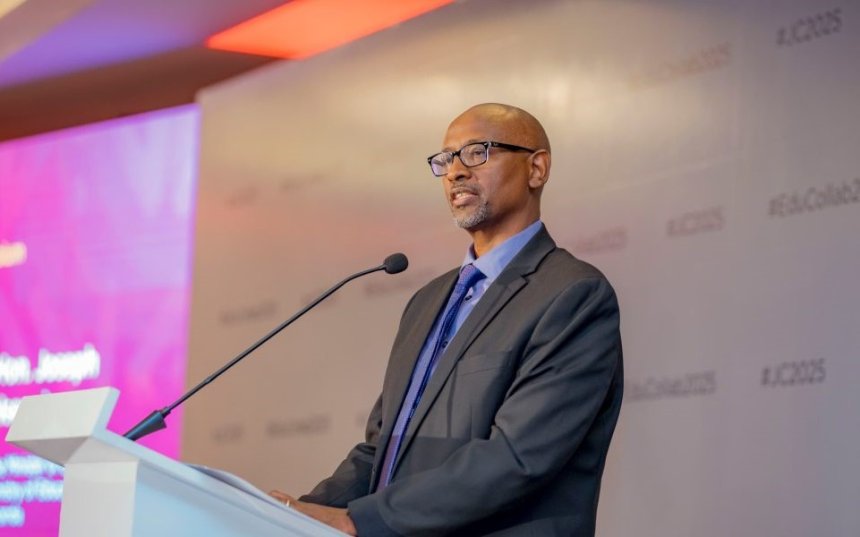
Minister of Education leads the way Dr Joseph Nsengimana said that 1,500 schools already online, as Rwanda prepares to connect 2,500 more.
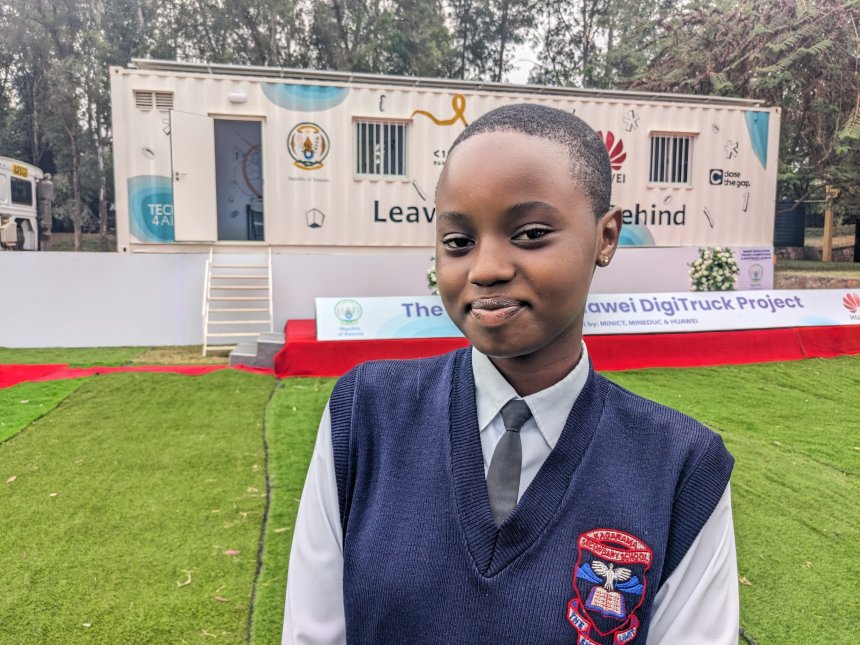 Learners across Rwanda are the real winners: from faster internet to smart classrooms, Rindiro Shami Belyne, a student
Learners across Rwanda are the real winners: from faster internet to smart classrooms, Rindiro Shami Belyne, a student
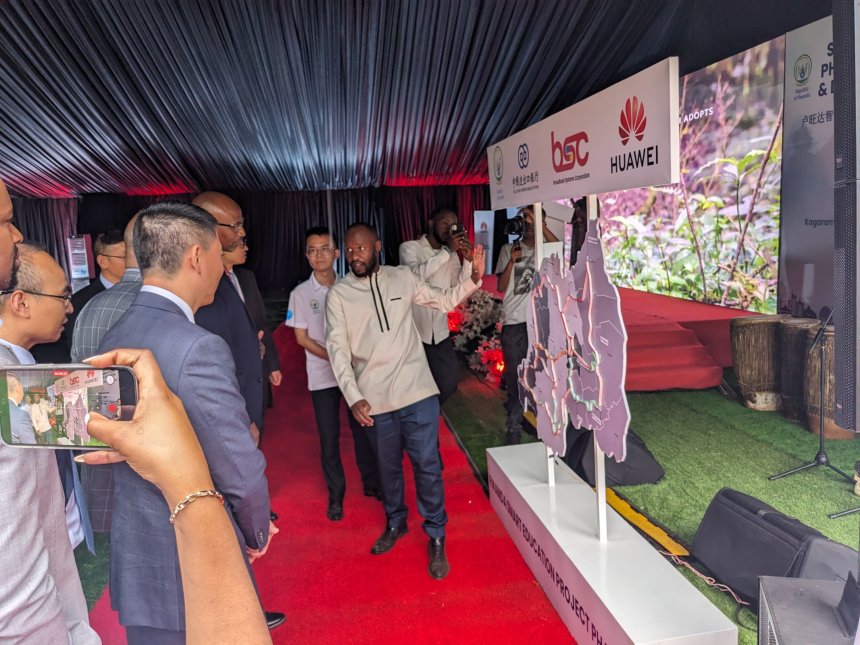 The Minister of Education is being presented with the achievements of the first phase of this project.
The Minister of Education is being presented with the achievements of the first phase of this project.
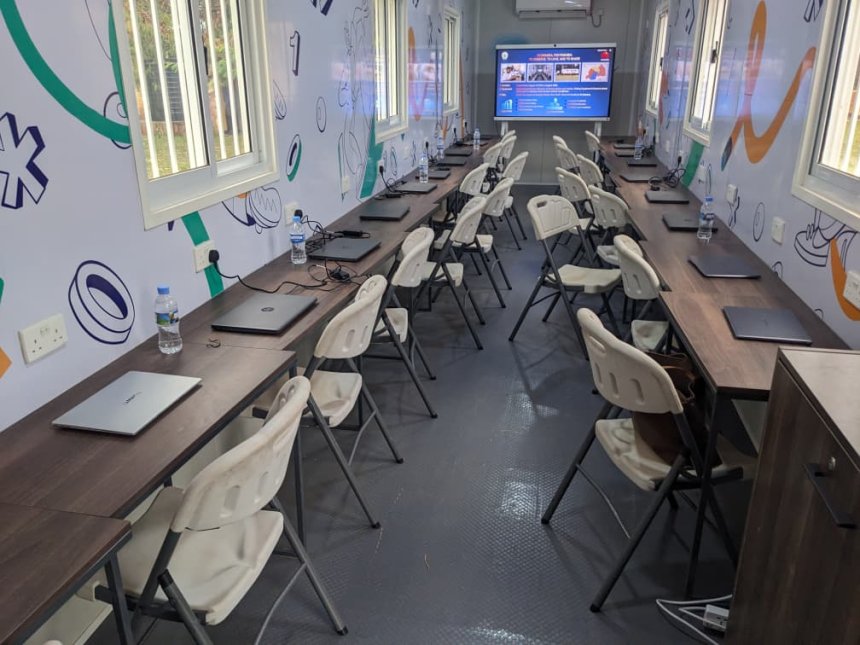 Inside the mobile classroom powered by solar energy
Inside the mobile classroom powered by solar energy
